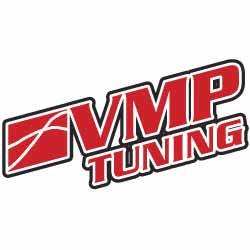DevGittinJr
Throbbing Member
Assuming that these cars can only be driven through a corner as fast as the front end is capable of, logically one wants to maximize front grip and then tune the rear to match. That said, I'd like to hear from those of you who understand SAI/caster ratio vs scrub radius, specifically pertaining to the s197. First of all I'd like to know if it even matters. The common trend, with this chassis, seems to be to reasonably lower it and throw as much negative camber (using c/c plates), tire width, and wheel rate at it as possible. Is dialing in the front-end geometry not worth the extra effort? I understand that most likely camber bolts and c/c plates are required to adjust SAI, negative camber, and scrub radius; and, that camber bolts affect tire/strut clearance. My stuff is all pretty much adjustable, tall ball-joints, bumpsteer, 3" wheel studs, etc., so I'm not really interested in a discussion about hardware, so much as one about tuning goals. If we're satisfied with 7-8 degrees of caster on these cars, about what would our target SAI be to keep the tires doing good things (outside negative, inside positive camber) in a corner? Low SAI relative to caster keeps both tires "happy" in corners, but how much can it be lowered before adding too much scrub radius for the given wheel offset? And roughly what's too much scrub radius? At what point does track-width become a priority? If we make the tires happy in corners with SAI/caster ratio, could we run less negative camber since it does "bad" things to the inside tire, dynamically? Everything I've found on the subject is based on the wheels being turned to 90 degrees. We know that never actually happens, but about what angle is the most to which our wheels would be turned? Since it's all relative, I'd like a discussion about your experience/knowledge on how all of it relates. Statically, it's easy enough to get most of these angles, but I'd like to learn more about what our cars are doing dynamically (i.e. caster/camber gain), as well. I'm interested in all things tuning that are beneficial to front tire grip, no matter how small an improvement.



